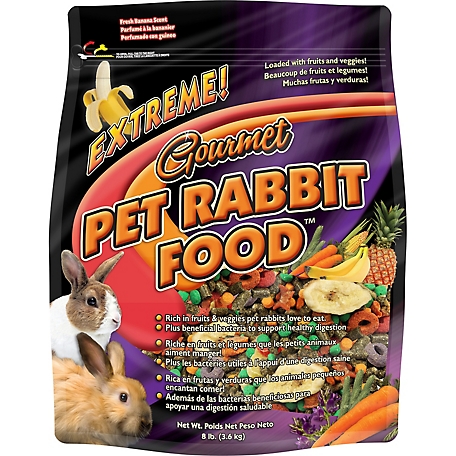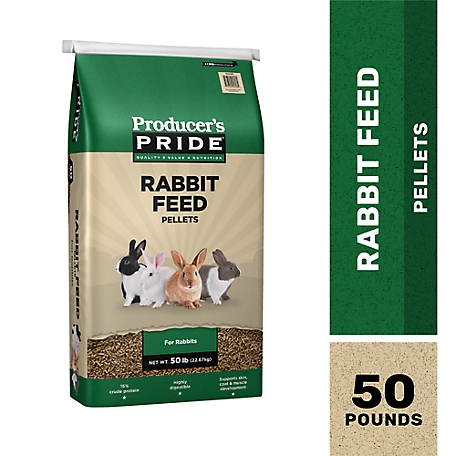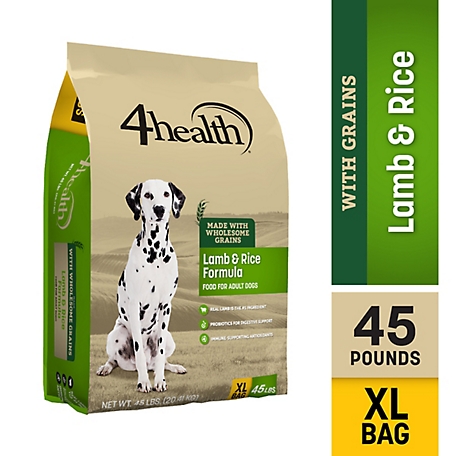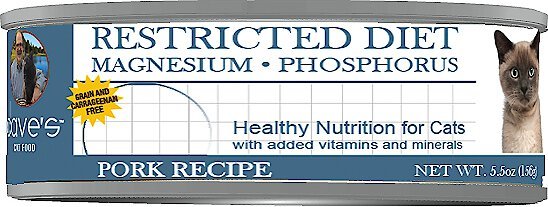Brown’s Extreme Gourmet Pet Rabbit Food, 8 lb.
Extreme! Gourmet Pet Rabbit Food is a food and treat, all-in-one, fortified with vitamins and minerals. This enticing daily diet is loaded with a medley of delicacies such as fruits & veggies your companion pet will find simply irresistible. The colorful shapes and textures add variety to help make mealtime fun and a source of activity to help reduce cage boredom.
Extreme! Gourmet Pet Rabbit Food is a food and treat, all-in-one, fortified with vitamins and minerals. This enticing daily diet is loaded with a medley of delicacies such as fruits & veggies your companion pet will find simply irresistible. The colorful shapes and textures add variety to help make mealtime fun and a source of activity to help reduce cage boredom.
- Rich in fruits & veggies rabbits love to eat!
- Pet rabbit food with beneficial bacteria supports healthy digestion
- Fresh banana scent
Additional information
| Country of Origin | Made in USA |
|---|---|
| Food Product Form | Pellets |
| Life Stage | Adult |
| Packaged Height | 3 in. |
| Packaged Length | 17 in. |
| Packaged Weight | 8 lb. |
| Packaged Width | 12.5 in. |
| Package Weight | 8 lb. |
| Packaging Type | Bag |
| Manufacturer Part Number | 44492 |











by Misty
Good product. Only thing my rabbit will eat
by Jen
My Bun’s favorite
by Ben
My Bunny Loves this Will Purchase again
by Steve
Rabbit seems to really enjoy! She’s happy and fat so!!!